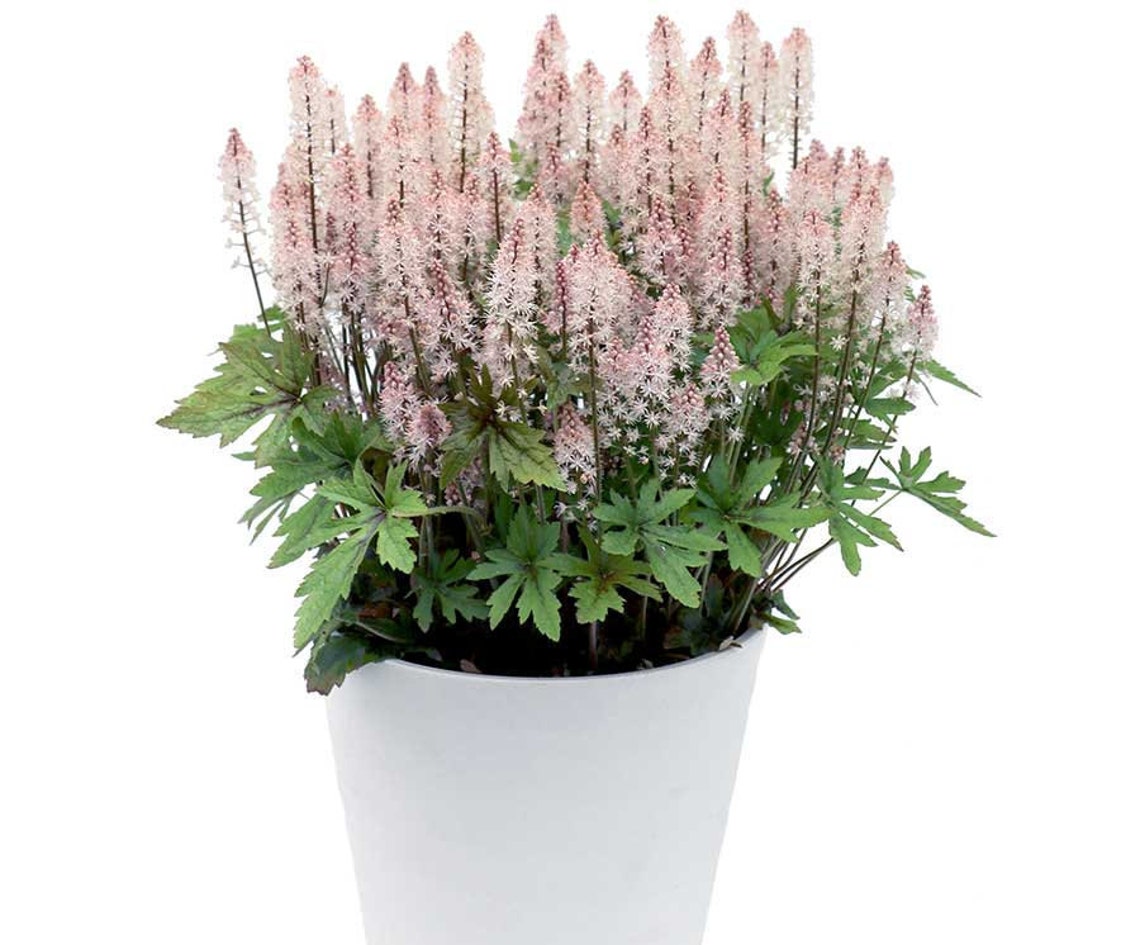

Provides a bold and striking impact in borders, cottage gardens, or in prairie plantings.Attracts streams of hummingbirds and other beneficial pollinators. One of the most common western wildflowers, Ipomopsis aggregata (Skyrocket) is a biennial or short-lived perennial boasting brilliant clusters of red, pink.Water regularly until the plant becomes established.
#Skyrocket flower full#
Best grown in full sun, in average, dry to medium moisture, well-drained soils.Eye-popping, Ipomopsis aggregata is highly drought-tolerant. Fuchsia TOWERS OF FLOWERS Skyrocket is blasting off and skyward bound Narrow upright columnar habit is ideal for impressive vertical containers up to 48. While Skyrocket is relatively short-lived and often dies after flowering, it often persists for one to several years in the form of a rosette of deeply pinnately lobed leaves. Scarlet gilia or skyrocket has been known to modern science since 1806, when western explorers Lewis and.

The finely cut green basal leaves are silver speckled with fine white hairs. Closeup of the flowers of Ipomopsis aggregata. The showy blossoms are borne in the upper leaf axils atop sparsely-leaved, erect stems. It is well suited for pollination by long-beaked or long-tongued animals, especially hummingbirds (red flowers) and moths (white flowers). Each flower forms a long tube that bursts into a five-lobed star at the tip. Juniper fruits can also be used as a spice in cooking, and they are very attractive to many birds and other wildlife.One of the most common western wildflowers, Ipomopsis aggregata (Skyrocket) is a biennial or short-lived perennial boasting brilliant clusters of red, pink, or white tubular flowers all summer long.

Here are a few examples of what makes juniper trees special: Although some junipers use the word "cedar" in their common names, juniper and cedar are not the same. The juniper tree is made up of roughly 60 different species of trees and shrubs in the Juniperus genus, within the cypress family of plants. The Spruce Home Improvement Review Board.


 0 kommentar(er)
0 kommentar(er)
